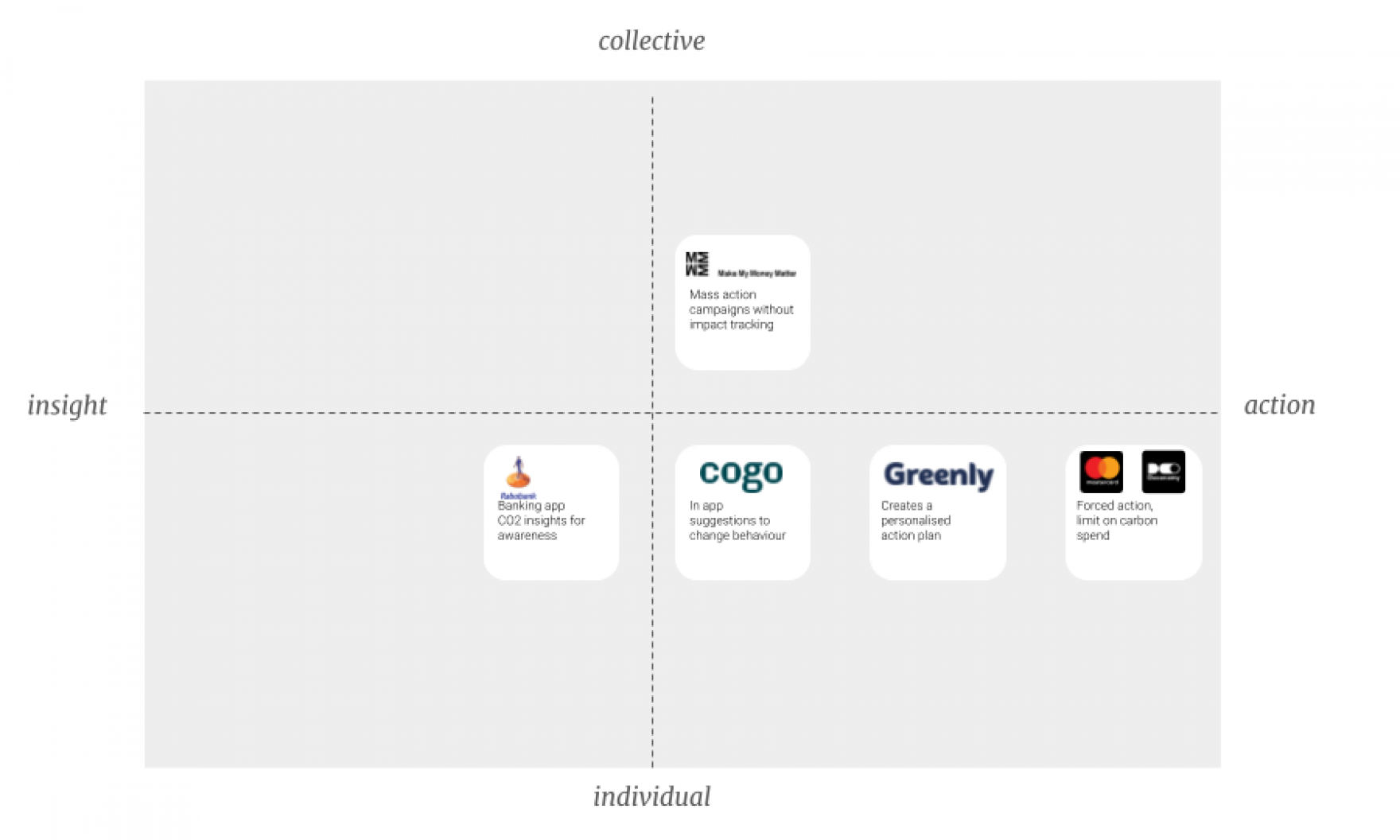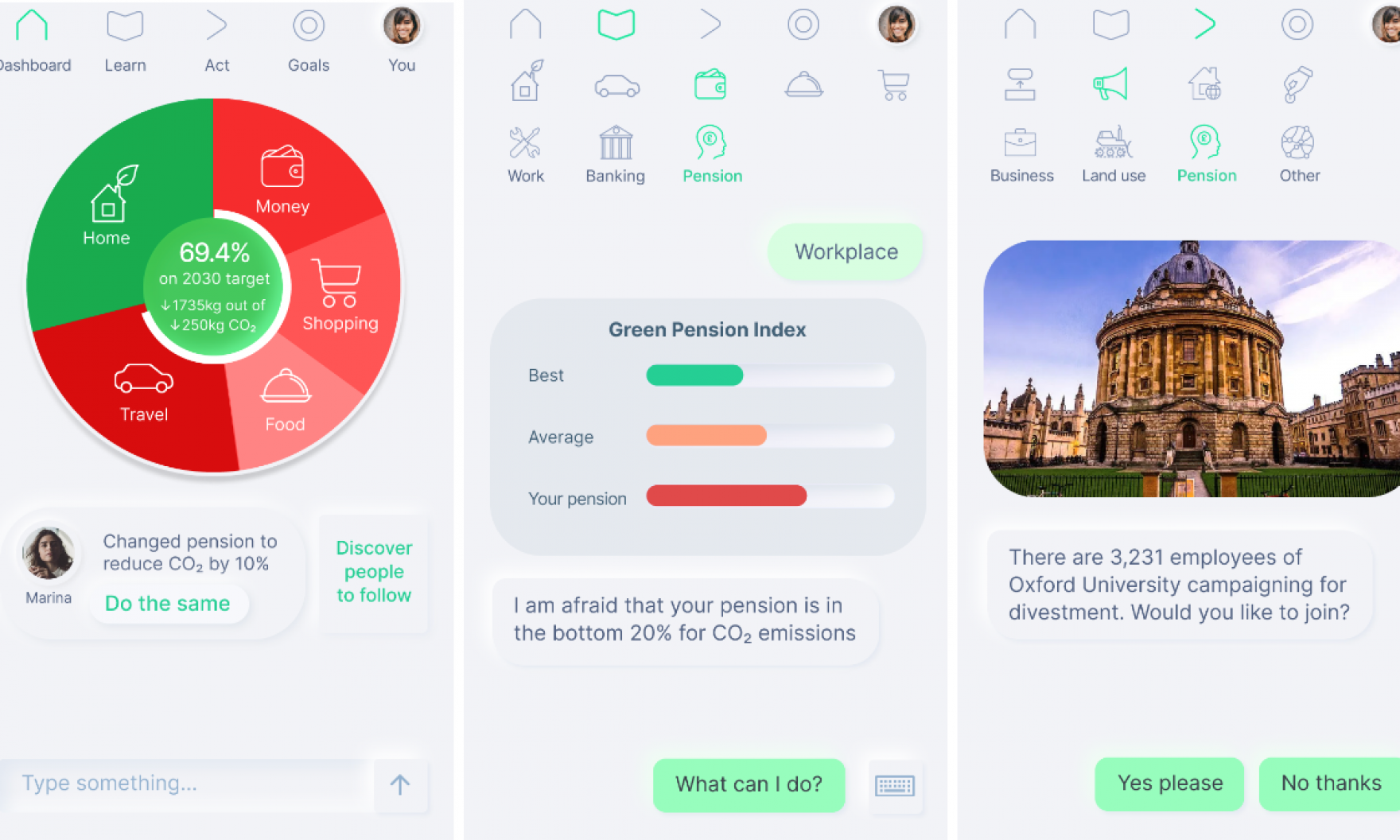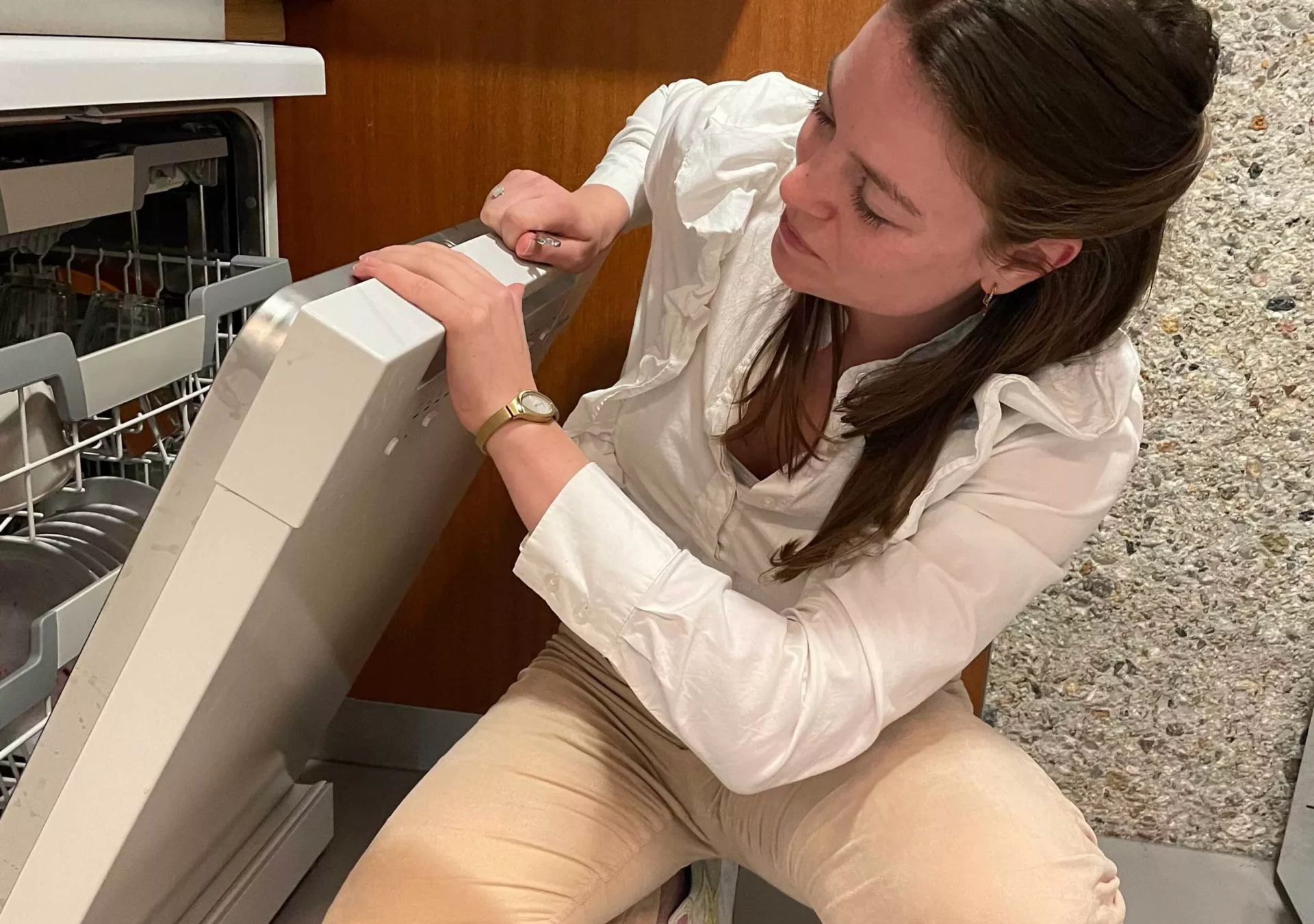What carbon impact tracking apps are getting wrong, and how to fix it
In the fight against climate change, a new idea is gaining popularity: apps to track your CO2 footprint and take action. The actions that these apps suggest however limit their focus on what you can do as an individual. What all of them are missing is the element of collective, mass action. So we started asking ourselves what a carbon tracking app would look like that would inspire both individual and mass action strategies.








